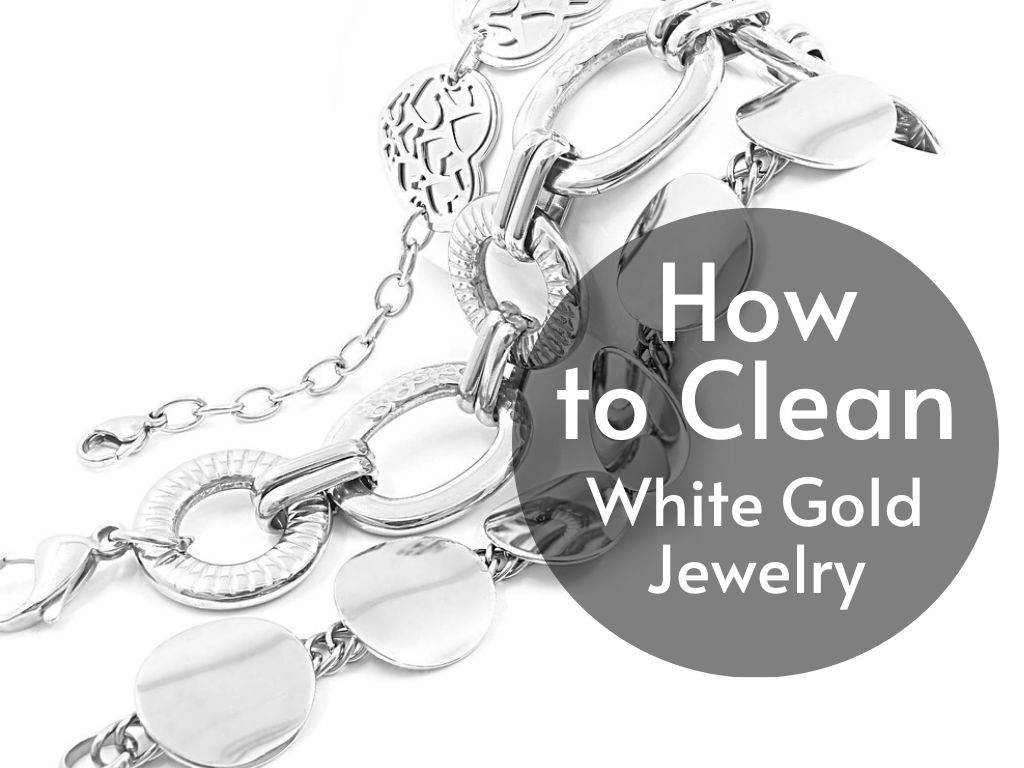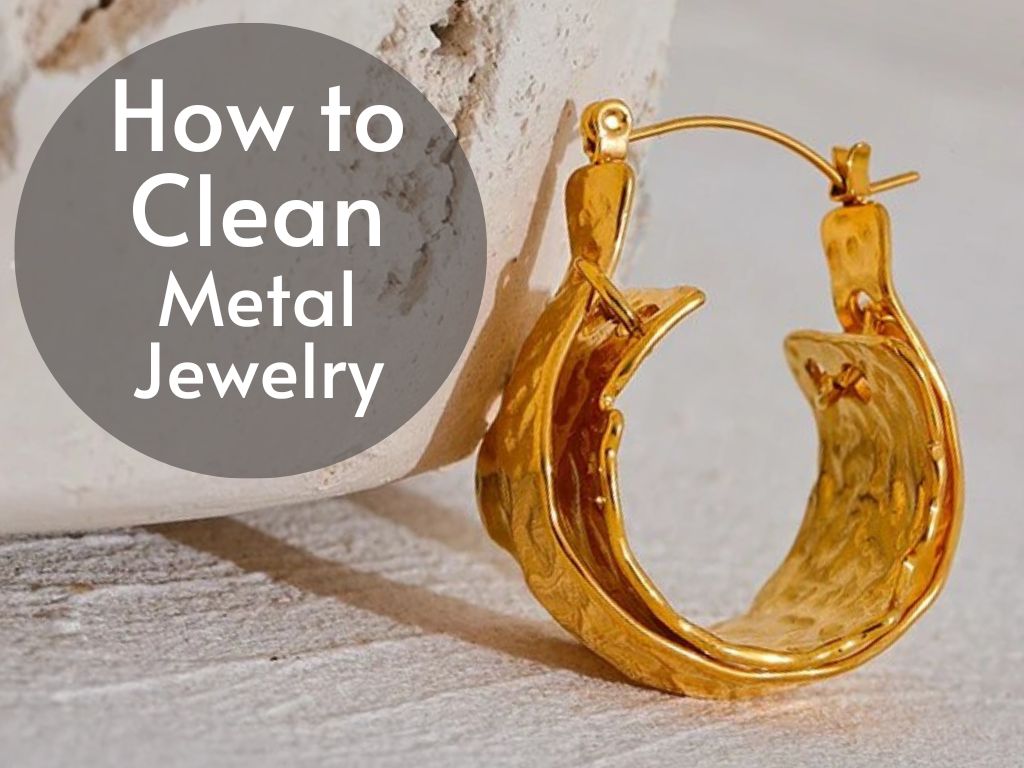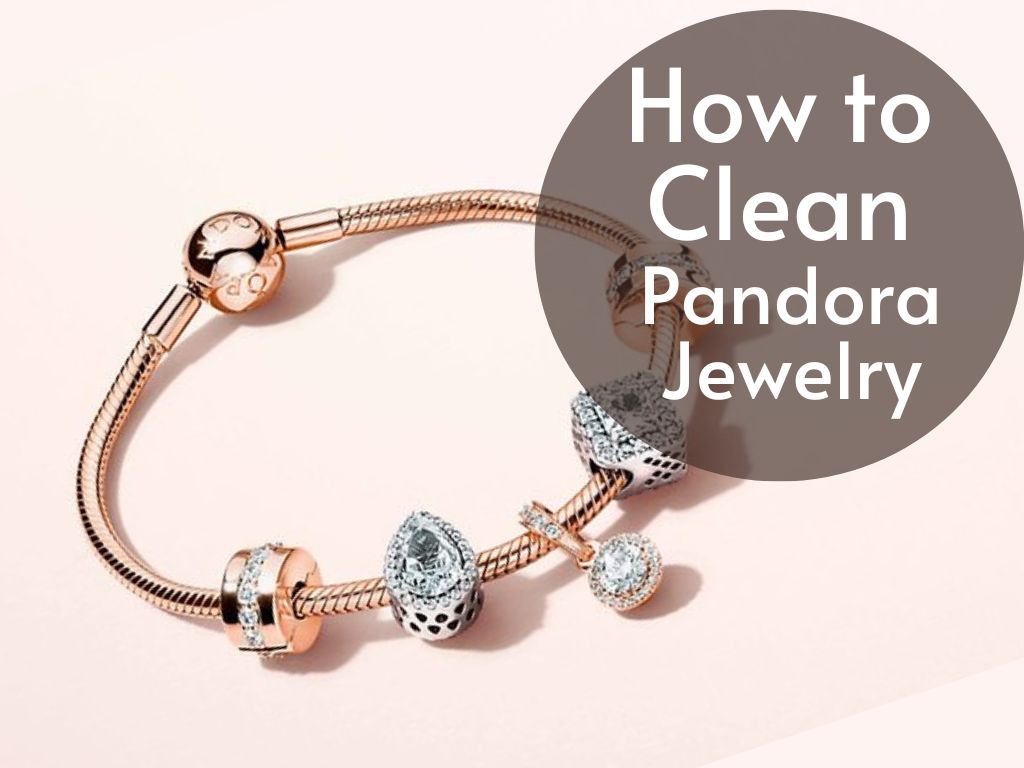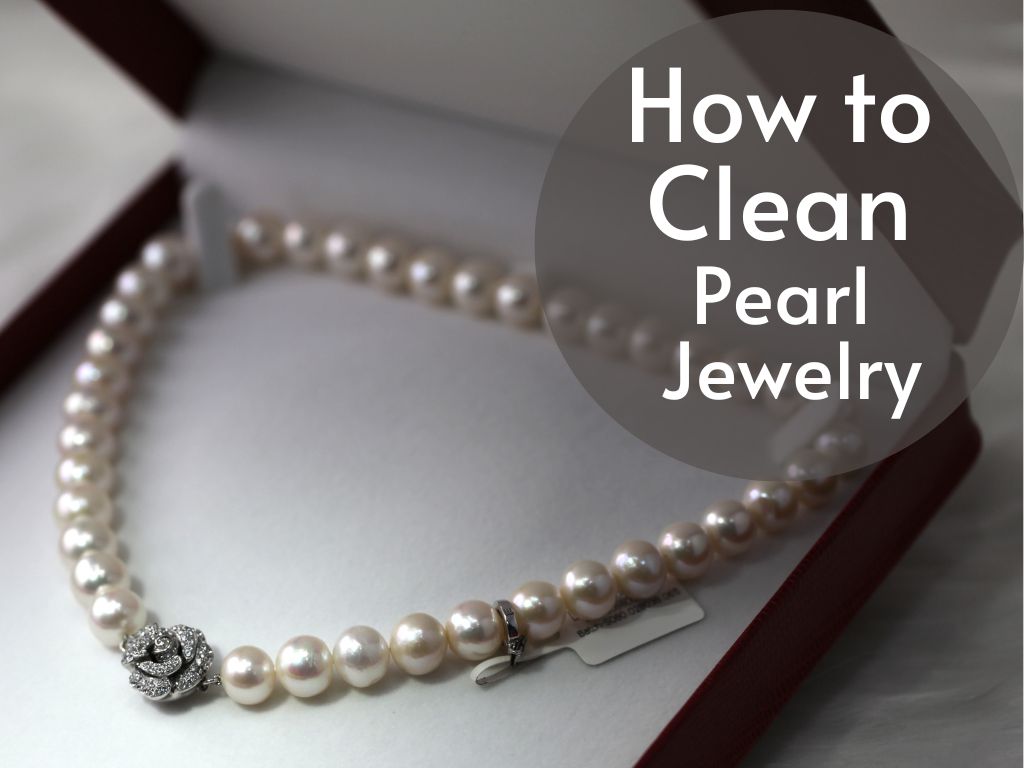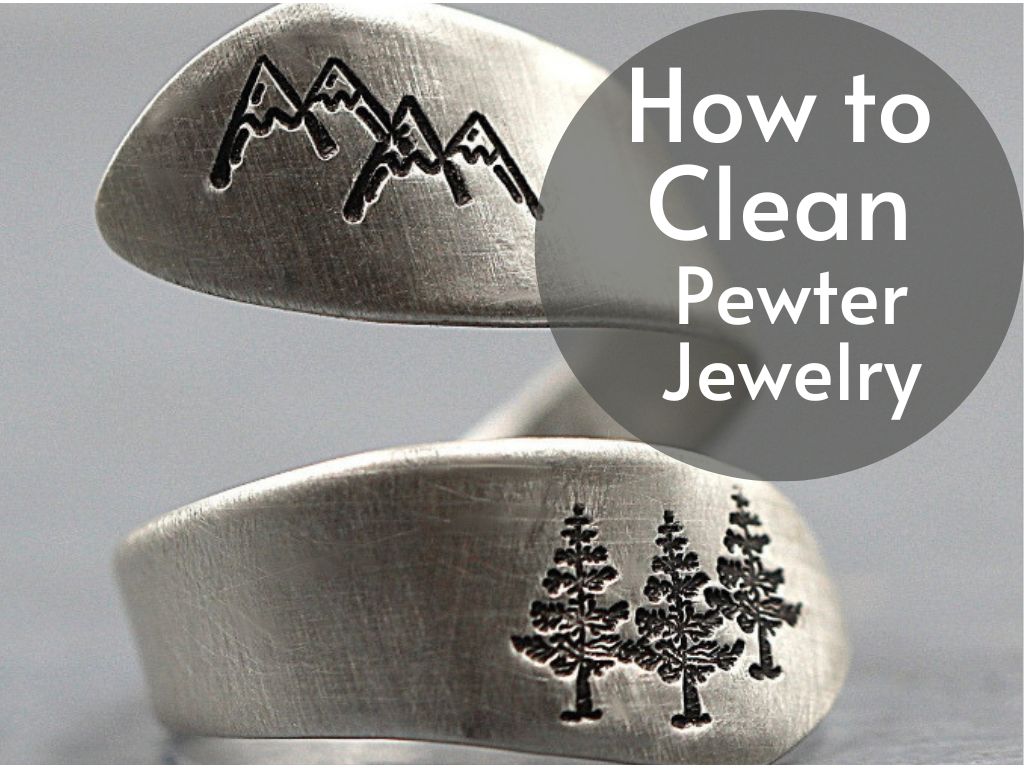White gold jewelry is a stunning and popular choice for those seeking the elegance of gold with a modern twist. This exquisite metal is created by combining pure gold with other metals such as silver, palladium, or nickel. The result is a durable and versatile material that can be crafted into breathtaking rings, necklaces, bracelets, and more.
Brief Explanation of White Gold Jewelry
White gold gets its name from its distinct silvery-white color, which closely resembles platinum or sterling silver. Despite its name, white gold does not occur naturally in nature; it is an alloy created by mixing pure gold with other metals.
The exact composition can vary depending on the desired properties of the final piece. The purity of gold used in white gold jewelry is measured in karats (not to be confused with carats used for measuring gemstones).
24-karat gold is considered pure, but it’s too soft for everyday jewelry use. Therefore, white gold typically contains 14 or 18 karats of pure gold combined with other metals to enhance durability and hardness.
Importance of Regular Cleaning to Maintain Luster and Shine
Regular cleaning plays a crucial role in preserving the lustrous beauty and radiance of white gold jewelry. Over time, substances like dirt, oils from our skin, lotions or perfumes can accumulate on the surface of these precious pieces.
This buildup not only diminishes their shine but can also lead to discoloration or even damage. By incorporating regular cleaning into your jewelry care routine, you ensure that your white gold pieces retain their brilliance and sparkle for years to come.
Proper maintenance prevents tarnishing and helps maintain the protective rhodium plating often applied to white gold items. Additionally, regular cleaning allows you to inspect your jewelry for any loose gemstones or delicate settings that may require professional attention.
When it comes to cleaning white gold, it is essential to use gentle methods and mild cleaning solutions to avoid any potential damage to the metal or gemstones. In the following sections, we will delve into the step-by-step process of safely and effectively cleaning your white gold jewelry, ensuring that it remains a shining testament of your refined style.
Understanding White Gold Jewelry
Composition: Combination of pure gold and other metals
White gold is not a naturally occurring metal but is created by combining pure gold with other metals to achieve its distinctive appearance. Pure gold, known for its soft and malleable nature, is mixed with alloys such as silver, palladium, or nickel to enhance its durability and strength. The composition of white gold typically consists of 75% pure gold and 25% other metals.
This combination allows white gold to be more robust than yellow or rose gold. The choice of alloys used in the creation of white gold can affect both the color and properties of the final piece.
For example, adding nickel to the mixture results in a brighter white color, while palladium creates a softer hue. Silver is often used as an alternative alloy due to its affordability and ability to produce a subtle shine.
Rhodium plating: Enhancing the white color and providing protection
To achieve the desirable bright white finish associated with white gold jewelry, most pieces undergo rhodium plating. Rhodium, part of the platinum group metals (PGM), is highly reflective and resistant to corrosion. It offers an excellent protective layer that safeguards the underlying metal from scratches, tarnish, and wear.
During rhodium plating, a thin layer of rhodium is electroplated onto the surface of the jewelry item. This process not only enhances its brilliant whiteness but also provides an additional barrier against environmental factors that can cause discoloration over time.
It’s important to note that rhodium plating requires periodic reapplication as it may wear off over time due to regular use or exposure to chemicals like chlorine in swimming pools or harsh cleaning agents. Regular cleaning maintenance helps extend the lifespan of rhodium plating while keeping your white gold jewelry looking stunningly bright.
Understanding the composition and rhodium plating of white gold jewelry is essential for proper care and cleaning. By recognizing the combination of metals used and the purpose of rhodium plating, you can better understand how to maintain the beauty and longevity of your prized white gold pieces.
Preparing for Cleaning
Gather necessary materials
Before embarking on the journey of cleaning your precious white gold jewelry, it is essential to gather all the necessary materials. By having these items on hand, you can ensure a successful and effective cleaning process. Here are the key tools you will need:
1. Soft-bristle brush: Opt for a brush with soft bristles to prevent any potential scratching or damage to your delicate white gold jewelry. A toothbrush with gentle bristles can work well for this purpose.
2. Mild dish soap: Look for a mild, non-abrasive dish soap that does not contain harsh chemicals or fragrances. These additives might harm the surface of your jewelry or leave residues that dull its shine.
3. Warm water: Use comfortably warm water to prepare a cleansing solution in which you’ll soak your white gold jewelry before cleaning it. 4. Lint-free cloth: Choose a lint-free cloth such as microfiber or flannel to dry and polish your jewelry after cleaning it.
Avoid using rough fabrics that could potentially leave scratches or fibers behind. 5. Bowl: Select a small bowl that will comfortably accommodate your jewelry pieces during the soaking process and allow easy maneuvering while cleansing them.
Check for loose gemstones or delicate settings
White gold jewelry often features gemstones or intricate settings, which require extra care during cleaning. Before beginning the cleaning process, it is essential to inspect each piece carefully: 1. Loose gemstones: Gently shake each piece of white gold jewelry near your ear to listen for any rattling sounds indicating loose gemstones within their settings.
If you notice any movement, do not proceed with regular cleaning methods; instead, seek professional assistance from a jeweler to avoid accidental loss of valuable stones. 2. Delicate settings: Examine the intricate details of your white gold jewelry, paying close attention to prongs, filigree work, or any delicate designs.
These elements may be more vulnerable to damage during the cleaning process. If you notice any loose or weakened settings, it is advisable to consult a professional jeweler for appropriate cleaning methods and repairs.
By being proactive and attentive during the preparation stage, you ensure that your white gold jewelry will be handled with care throughout the cleaning process. This approach guarantees optimal results while minimizing the risk of damage to your beloved possessions.
Cleaning Process
Step 1: Soak the jewelry in warm soapy water
To begin the cleaning process, fill a small bowl with warm water and add a few drops of mild dish soap. The temperature of the water should be comfortable to touch but not too hot. Submerge your white gold jewelry into the soapy water and ensure it is completely covered.
Allow it to soak for approximately 15-20 minutes. This soaking time will help loosen any dirt or debris clinging to the surface of the jewelry.
Step 2: Gently scrub with a soft-bristle brush
After the jewelry has soaked, carefully remove it from the soapy water using your fingers or a pair of tweezers if necessary. Take a soft-bristle brush, such as an unused toothbrush, and gently scrub all surfaces of the piece.
Pay close attention to intricate details and hard-to-reach areas where dirt may accumulate. Use gentle, circular motions to avoid scratching or damaging delicate gemstones or settings.
Step 3: Rinse thoroughly under running water
Once you have finished scrubbing, hold your white gold jewelry under running water to rinse off any remaining soap residue. Make sure to aim the water at all angles to ensure thorough rinsing. Take extra care with pieces that have gemstones or intricate details by directing a gentle stream of water over those areas specifically.
Step 4: Dry with a lint-free cloth
After rinsing, gently pat dry your white gold jewelry using a clean, lint-free cloth. Ensure that all moisture is removed from every nook and cranny of the piece before storing or wearing it again. Avoid using paper towels or tissues as they can leave behind fibers that may scratch the surface. Conclusion:
Maintaining the pristine appearance of your white gold jewelry is a matter of regular cleaning and care. By following these four simple steps – soaking, scrubbing, rinsing, and drying – you can keep your white gold pieces looking as good as new. Remember to use mild dish soap, a soft-bristle brush, and a lint-free cloth to ensure the safety of both the metal and any gemstones present.
With proper maintenance, your white gold jewelry will continue to radiate its elegant beauty for years to come. So embrace the art of cleaning and let your jewelry shine with brilliance!

